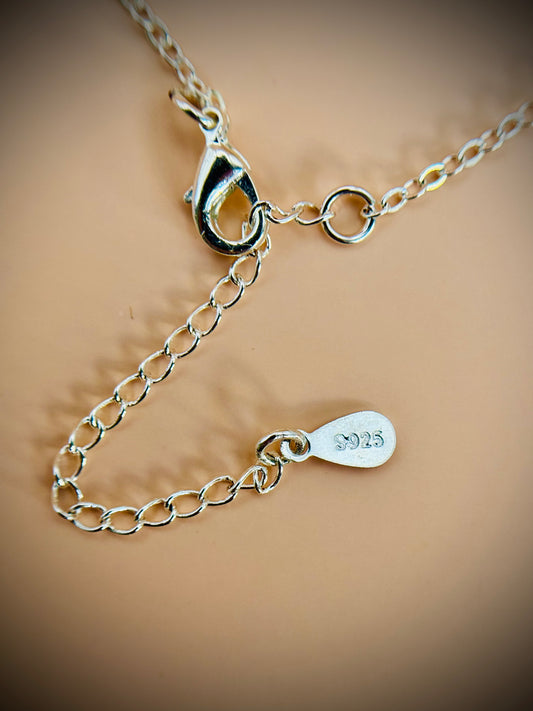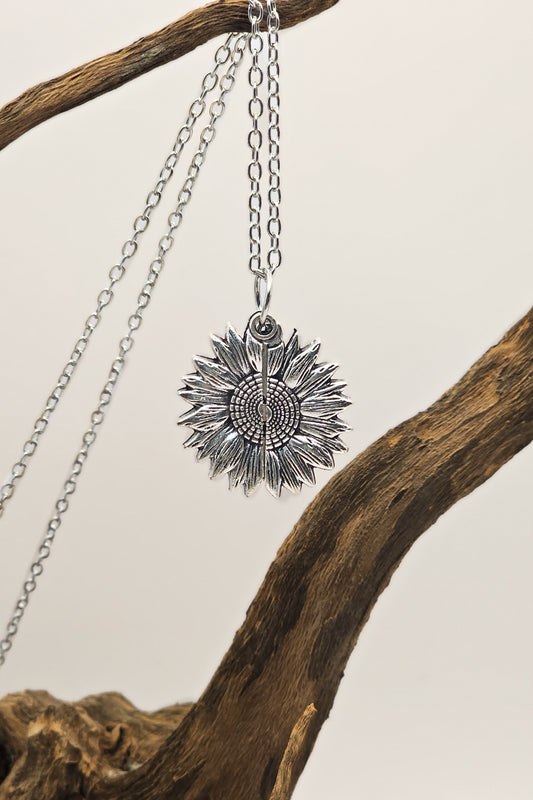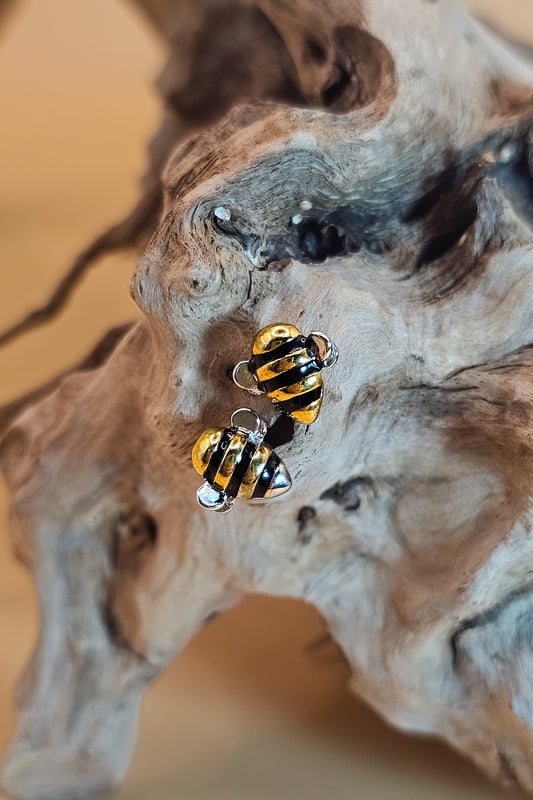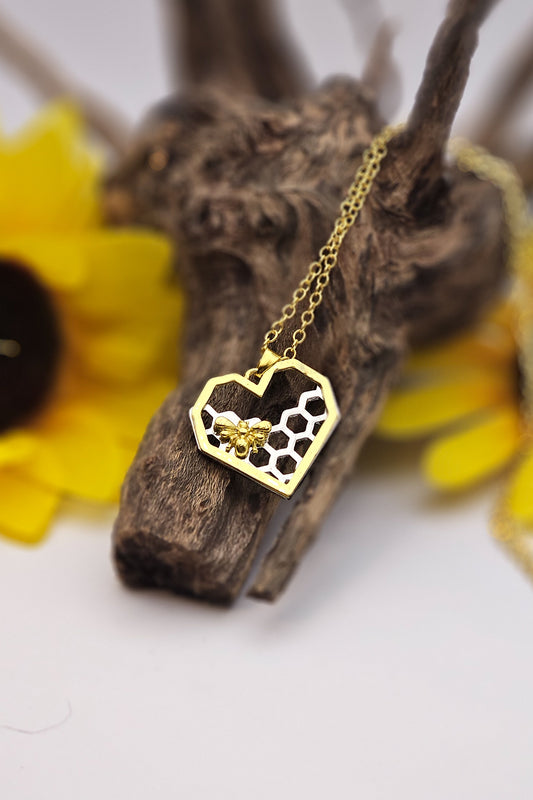There are many places around the world that have sweltering summers, whether in the northern or southern hemisphere, or right around the equator. Some of the most stunning flower colors can be found in the deserts of the world.
There are many bee lovers near and sometimes in these desert locations that wish to be beekeepers and have the rewarding experience of closely bonding with bees. For some, it is organized beekeeping, for others it is a looser, more organic form of bee-relating, where you observe and consciously support the wild bees in your locale with nectar-rich plants and water.
Keeping that in mind, we are listing a few plants and mentioning specific areas in this post, but a desert plant will usually thrive in desert conditions anywhere in the world.
Graythorns are desert plants mostly found in the Sonoran Desert of Arizona. The green blooms with small yellow or cream-colored flowers give insects a good measure of nectar. They are relatively non-descript and have thorns and blue-black berries. Many types of animals enjoy the bounty it puts forth.
Texas-sages, which are not true sages, also go by the names Texas rangers, or barometer bushes, due to the fact they perk up and flower once the humidity sets in or summer rains begin. They originate in west Texas and northern Mexico and are solid plants for gardens and xeriscapes that are attractive to bees and other pollinators. They require little care, thrive in full sun, and are drought tolerant. They are also cold hardy, which makes them almost a perfect plant.
This fabulous 5:48-minute video by MicoGhost TheOldCodger shows some of the most vital and happiest bees you will ever see, as they pollinate Texas-sage and collect nectar and pollen:
Of the Texas-sages, there are a great number of varieties, some tall, some small, some more magnetic to bees than others. There are a few popular types that bees love. ‘Compacta’ with purple-pink flowers and silver-gray leaves. ‘Green Cloud’ is another, with green leaves and rose-pink blooms. ‘Lynn’s Legacy’ is a variety with lavender flowers and sage-green leaves, and it stays colorful in winter as well. Bees and other insects are attracted to it. ‘Heavenly Cloud’ has purple-rose flowers and dark green leaves, and it draws a wide variety of bees, butterflies, and bee-like flies for its rich nectar.
There are many more, like ‘Cimarron’ and ‘Thunder Cloud’ that grow low to the ground, with silver leaves and amethyst flowers. ‘Convent’ has magenta flowers and silver-gray leaves, while ‘Sierra Bouquet’ has a rich aroma, violet flowers, and gray leaves. Two more desert beauties to close out on are ‘Summer Snow’ which has white flowers, and Chihuahuan sage with light green leaves and fragrant lavender flowers.
Just envision the beauty of all the colors mentioned above. It’s awe-inspiring to know that even harsh desert conditions can create such vibrant hues to soften the human eye as well as provide delicious nectar to the pollinators that are so important to these flowers and to us all.
These are all tough landscape plants that support the rich insect and pollinator life found in desert areas. They are sturdy and enduring, in contrast to how soft and splendiferous they look.
Click here to read one of the other blog posts we wrote about bees and desert flowers.








